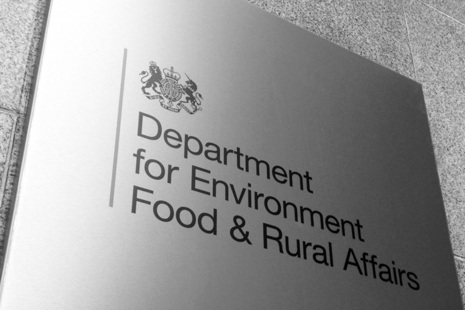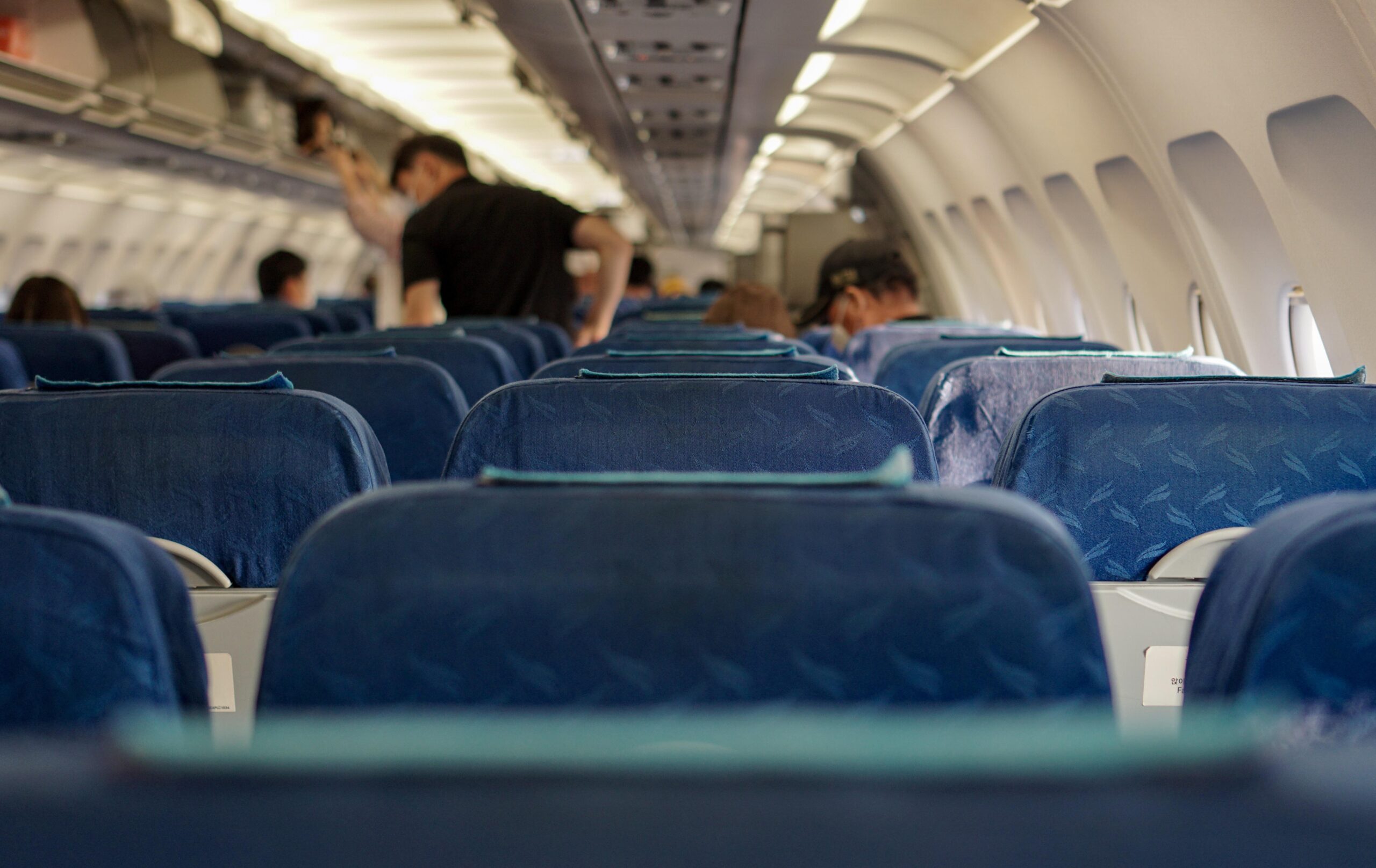Environment department also reveals plans to exit from three legacy datacentres this summer and halve the proportion of contractors in its digital workforce to about one in eight by 2025
The Department for Environment, Food and Rural Affairs has revealed a commitment of £43m to be spent this financial on closing year, updating or replacing “outdated applications” that remain in widespread use across the organisation and its arm’s-length bodies.
In December 2022, the National Audit Office published a report revealing that almost 2,000 applications are currently used across the Defra group, including many instances of duplication – such as the 37 discrete programs used to grant permissions or licences.
About 30% of the software tools used by the department and its agencies and ALBs are no longer supported by their supplier, and “years of low investment in technology have resulted in a serious risk of critical service failure of cyberattack”, the report found.
Following the NAO publication, parliament’s Public Accounts Committee took evidence from senior officials and, two months ago, published its own report dedicated to “tackling Defra’s ageing digital services”, and setting out a number of recommended actions for the department.
In a newly published response to these recommendations, the government reveals that Defra’s executive committee last month “approved a long-term approach to digital and data for Defra and its biggest arm’s length bodies”.
Related content
- Defra to create UK-wide digital system to collect rubbish information
- Defra seeks leaders for legacy app modernisation programme
- Defra launches developer recruitment drive
“Defra’s ExCo has already agreed an initial plan of action covering priority areas such as digital service transformation and continuing Defra’s move from legacy datacentres to modern infrastructure and cloud environments,” the response added. “Defra’s ambition and principles for digital will be reflected in its planning for future spending review settlements and will be used to shape wider strategy and decision-making across Defra group.”
The department will this summer complete the process of moving data and systems out of three legacy datacentres, the government said.
Funding will also be available across the rest of this financial year to address issues with ageing software.
“Defra has also approved a further £43m of investment to improve, replace or decommission outdated applications during 2023-24. Defra has also started a full refresh of Defra Group architectural policies and standards which will complete in 2023-24.”
Earlier this year PublicTechnology revealed that the environment department had awarded two major contracts for app-development services. The deals, each worth a cumulative £148m over an initial two-year term, were won by IT services heavyweights Capgemini and Cognizant.
Details of these engagements came shortly after the publication of commercial documents revealing that the department had signed a new agreement with Amazon Web Services that is set to increase fivefold its annual spending with the cloud vendor.
Contract killer
The committee recommended that Defra should place greater emphasis on recruiting DDaT professionals and “reduce its reliance on contractors and temporary staff to provide digital skills”.
In its response, the government said “Defra is working towards a target of 25% of headcount being contingent labour – with the remaining 75% being civil servants – for the end of 2023-24”.
Data previously cited by PAC suggests that this target has already, in fact, been exceeded – with the proportion of Defra’s digital workforce comprised of contractors and temps having fallen “over the last year from 30% to 22%” as of the May 2023 report.
The target for the end of the 2024-25 year is for Defra’s digital operations to achieve a split of 12% contractors and 88% full-time civil servants, the government indicated.
MPs found that “Defra has not given enough attention to the impact of its poor digital services on its users [and] should set out how it will identify the problems and costs faced by its service users as a result of unmodernised services, and how it is going to address each of them”.
The government response to this recommendation reveals that service-improvement efforts will initially focus on the nine services provided by Defra that feature on the list – set out in the government-wide digital strategy last year – of 75 of departments’ most widely used and critical services. The aim is for 50 of these to have met a definitive ‘great’ standard by 2025.
“Defra is modernising its services and putting users at the heart of developing service improvements,” the response said. “Defra will use best practice techniques such as user research, business process mapping, service baselines and service assessments to identify problems and costs faced by users of its services – aligning with the methodology used by the Central Digital and Data Office to assess the standard of digital services. These will inform agreed roadmaps for Defra’s services, which will set out planned service improvements from user, accessibility, and efficiency perspectives.”
It added: “Defra will ensure that its next Spending Review bid continues to prioritise improvement of its digital services – both in continued development of existing priority services and in addressing other services not yet prioritised for improvement.”




